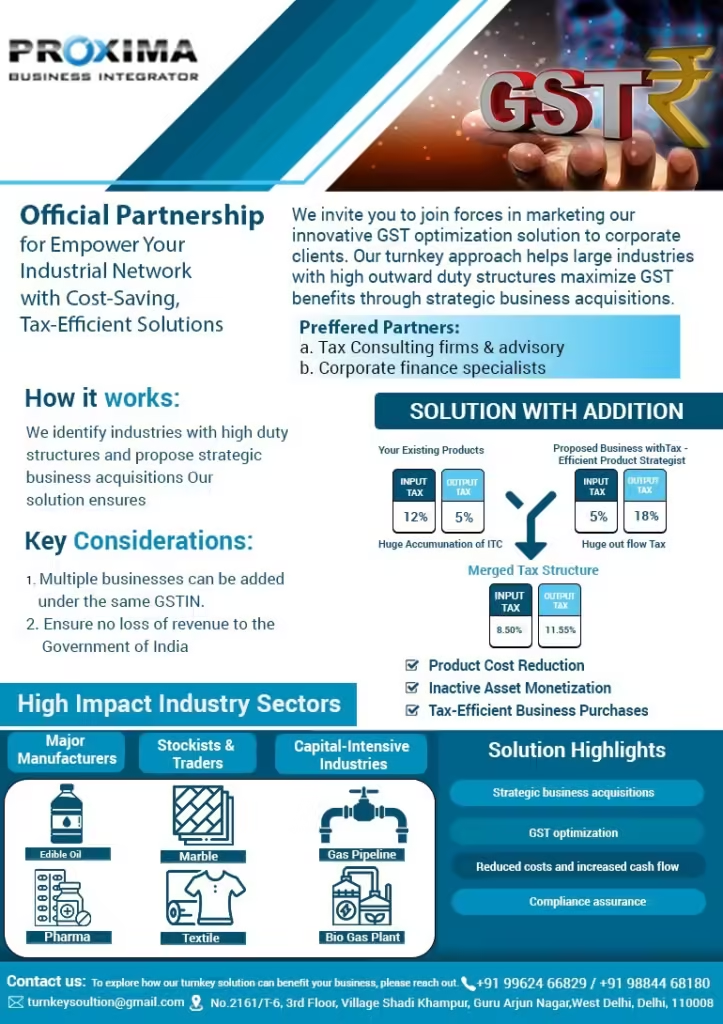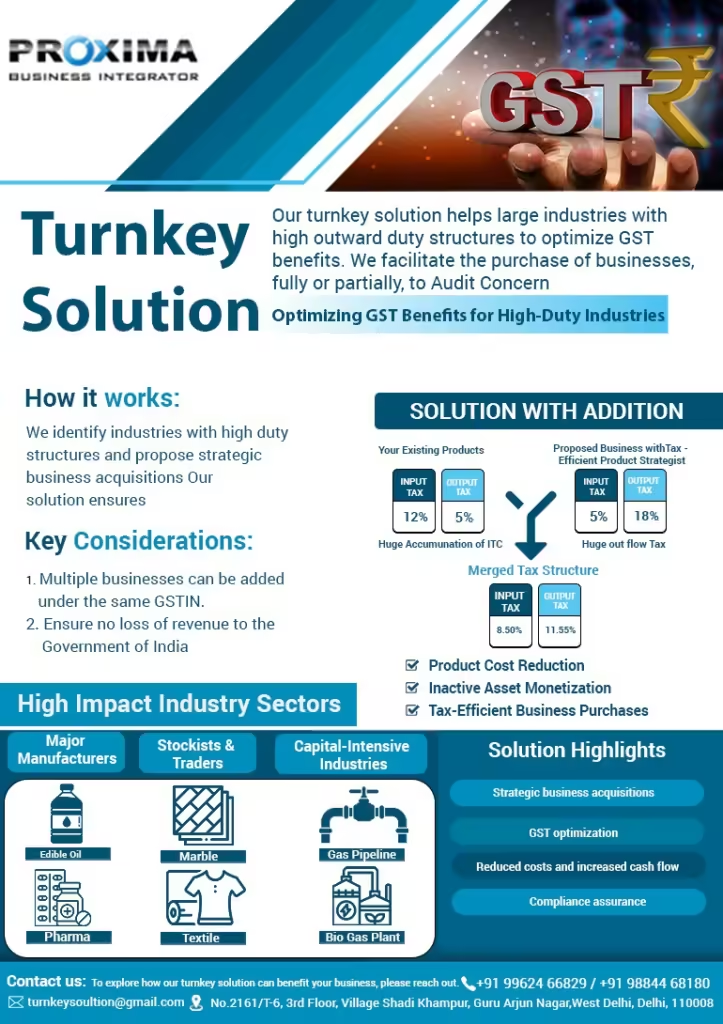The Mumbai Bench of Income Tax Appellate Tribunal (ITAT) comprising of Amit Shukla (Judicial Member), Vikas Awasthy (Judicial Member) and Om Prakash Kant (Accountant Member) presided over a matter raising an issue whether capital gains computed on depreciable asset to be given benefit of lower tax rate.
Table of Contents
Opinion Of Judicial Members
The judicial members namely Amit Shukla (Judicial Member) and Vikas Awasthy (Judicial Member) has observed that capital gains arising out of the depreciable asset under section 50 even though deem to be capital gain arising from transfer of a short term capital asset, that fiction has to be confined only to section 50 and it cannot convert ‘short term capital asset’ into a ‘long term capital asset’ and vice versa for the other purpose of the Act, either for set off against a long term capital loss or exemption provision were benefits is given from a long term capital gain on transfer of a long term capital asset.
the rate of tax provided under section 112 of the Income Tax Act which clearly provides that income arising from transfer of a long term capital asset chargeable under the head capital gains, the amount of income tax calculated on such a long term capital gain shall be the rate of 20%.
The judicial members opined that even section 50 treats that excess is to be taxed as capital gain arising from transfer of a short term capital asset but the rate of tax has to be applicable in terms of section 112 of the Income Tax Act, because the treatment of a short term capital asset is only a purpose of section 50 and not otherwise can convert a ‘long term capital asset’ into a ‘short term capital asset’ for the purpose of rate of tax or any other provision of the Act.
The judicial members answered the question in favour of the assessee holding that rate of tax applicable would be in terms of section112 of the rate of 20% and applicable surcharge.

Dissenting Opinion Of Accountant Member
The Accountant Member, Om Prakash Kant has held that assessee is not entitled for concession rate of tax of 20% provided under section 112(1) of the Income Tax Act on the short term capital gain computed under section 50 of the Income Tax Act and included by the assessee in its total income, which arose on transfer of three residential properties forming part of block of asset and on which depreciation was availed by the assessee in earlier years.
Background
In the return of income, assessee has offered capital gain at Rs. 2,62,63,582 as short term capital gains computed as per section 50 of the Income Tax Act. Assessee paid the tax on capital gain at the rate of 20% as prescribed under section 112 of the Income Tax Act plus applicable surcharge. In response to the show cause notice by the AO as to why rate of 30% should not be applied which is applicable on short term capital gain, the assessee submitted that its claim was based on decision of ITAT Mumbai, Bench in the case of Ace Builders Pvt. Ltd vs. ACIT.
Arguments
The assessee submitted that section 50 is limited to the scope of only computation of capital gains of section 48 and 49 and does not extend to the other provisions of the Income Tax Act, has been settled by series of the judgments of jurisdictional High Court and other High Courts.
The assessee contended that once it has been categorically held that section 50 creates a deeming fiction only for the mode of computation of capital gains under sections 48 and 49 and not for other provisions, therefore, the rate of tax provided in section 112 of the Income Tax Act which is applicable for transfer of a long term capital asset should be applied, even though the same is taxed as short term capital gain.
The assessee argued that deeming fiction is about treatment of an asset appearing in the block of asset, is to be computed in the manner provided in section 50 and excess is to be taxed as capital gain arising from transfer of short term capital assets. Thus, an asset forming part of a block of asset, for the limited purpose is to be taxed (even if it is a long term capital asset forming part of a block of asset), as short term capital gain. This deeming fiction does not mean section 112 has no applicability when tax rate has been provided on transfer of long term capital asset.
Read More: SECTION 80IA DEDUCTION ALLOWABLE ON PORT INFRASTRUCTURE DEVELOPMENT: CALCUTTA HIGH COURT
The department contended that the Tribunal in assessee’s own case for the immediately preceding year has interpreted judgment of Ace Builders Pvt. Ltd while holding that it is short term capital gain and rate of tax shall be same as is applicable for short term capital gain, that is 30% therefore, same should be followed.
The department submitted that section 50 is very clear that any asset which is part of the block of asset, whether held for a long term has to be treated as short term capital asset in terms of section 2 (42A) and it further provides mode of computation on such depreciable asset and if there is any excess, it is deemed to be capital gains arising from transfer of short term capital assets and once that is so, then tax should be levied at the rate on which a short term capital gains is charged, i.e., 30% rate of of the charge.
Relevant Provisions
Section 50 starts with a non-obstante clause and is a deeming provision which should be strictly limited to the purpose mentioned therein. The exclusion prescribed by the non-obstante clause is limited to the purpose of modification of Section 48 & 49 of the Act and such non-obstante clause cannot be applied to any other provisions contained in the Act.
Here Section 50, firstly, deems that any capital asset which is held for a long term period, that is, beyond specified time limit as provided in section 2(42A) is transferred, and if there is excess after computation provided in sub clauses (i), (ii) and (iii) of sub section (1), then it is taxed as capital gains arising from transfer of a short term capital asset.
Secondly, the deeming provisions has been confined only to the purpose of computation of sections 48 and 49 of the Act and the capital gains then arising is deemed to be from transfer of short term capital assets. The deeming provision does not extend for any other purpose. In other words provisions of section 50 of the Act changes the characteristic of the gain that in some cases a long term to a short term capital gain were assets are held beyond the specific term.
However, the section does not change the characteristic of the capital asset held by the assessee, that is, the long term capital asset will remain a long term capital asset for all other purposes, but for the deeming fiction u/s 50 of the Act, capital gains is taxable as if it is gain arising from transfer of a short term capital asset and it does not extend beyond this fiction to convert long term capital asset into short term capital asset for other purposes of the Act.
Section 2(42B) of the Income Tax Act defines short term capital gains, “a short term capital gains means capital gains arising from transfer of a short term capital asset”. Though the gain on transfer of a depreciable asset have been deemed to be in the nature of a short term capital gain in case of transfer, but that does not alter the characteristic of that capital asset, whether ‘long term capital asset’ or ‘short term capital asset’ for the purpose of other provisions of the Act.
In order to apply Section 50 of the Act, the mode of computation on the transfer of the asset, only sections 48 & 49 has been modified to deem it as transfer of a short term capital asset. Here in this case, the assessee has computed the capital gains in alignment with the provision of section 50 despite holding the asset for a period longer than three years and offered it as STCG.
Thus, there are two steps in arriving at the final tax liability; (a) Step 1 – computation of income; and (b) step 2- determining the tax rate.
Conclusion
The question referred to the Special Bench by the President, therefore, for the deciding other issues as raised in cross appeals filed by the assessee as well as the department, same shall be fixed before the regular bench to decide.
FAQs
How do capital gains computed on a depreciable asset?
Section 50 starts with a non-obstante clause and is a deeming provision which should be strictly limited to the purpose mentioned therein. The exclusion prescribed by the non-obstante clause is limited to the purpose of modification of Section 48 & 49 of the Act and such non-obstante clause cannot be applied to any other provisions contained in the Act.
Case Details
Case Title: SKF India Limited Versus Dy. Commissioner of Income Tax Range
Case No.: ITA No.7544/Mum/2011
Date: 03/10/2024
Counsel For Appellant: Sailee Gujarathi
Counsel For Respondent: Bishwanath Das













